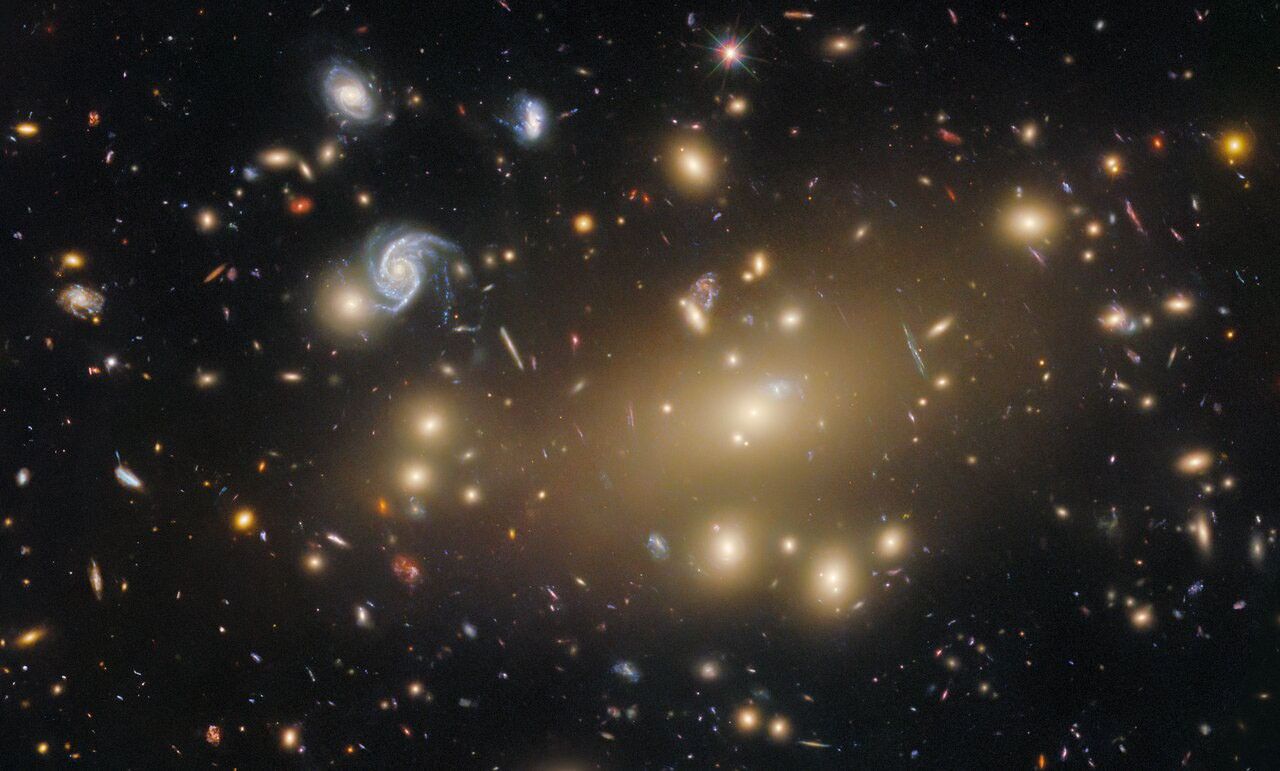January 2014
Message from the Astrophysics Division Director
As astrophysicists, we are fortunate that our most compelling science questions – how does the universe work, how did the familiar sky of galaxies and stars come to be, are we alone – resonate with the American public and Government policy makers who support us. At this time, we are poised to answer these questions scientifically using the suite of large and small space-based observatories spanning the electromagnetic spectrum.
As I described during the NASA Town Hall at the 223rd meeting of the American Astronomical Society in National Harbor, MD, we have made progress towards addressing the priorities of the 2010 Decadal Survey for Astronomy and Astrophysics.
•Preformulation and focused technology development for a 2.4m version of the Wide-Field Infrared Survey Telescope (WFIRST), a mission concept referred to as the Astrophysics Focused Telescope Assets (AFTA), are underway to enable a new start when funding becomes available as the James Webb Space Telescope approaches launch, no earlier than FY 2017. Reports from the Science Definition Team and other WFIRST information is available at http://wfirst.gsfc.nasa.gov/.
•An augmentation has been made to the Explorer program to enable more frequent flight opportunities, including a planned SMEX AO later this year (see the community announcement at http://explorers.larc.nasa.gov/APSMEX/).
•Strategic technology investments are being made and partnerships are being discussed with the European Space Agency in their gravitational wave and X-ray observatories.
•Strategic technology investments are being made to advance the medium scale programs.
•Modest augmentations have been made to small programs including the selection of six Theory and Computation Networks (co-funded by NSF).
A goal of the Astrophysics Division is to be prepared to start a new strategic NASA Astrophysics mission to follow JWST as soon as funding becomes available, while continuing to advance Decadal Survey science during the interim.
The FY 2014 appropriations bill for NASA (being voted on as this message is being written) provides $658M for continued development of JWST toward its launch in 2018 and $668M for the rest of NASA astrophysics, including funding for continued preformulation of WFIRST. The FY 2014 budget also includes funding for several new missions including the Transiting Exoplanet Survey Satellite (TESS), the next Astrophysics Explorer mission, the Neutron Star Interior Explorer (NICER), the next Astrophysics Explorer Mission of Opportunity, and the NASA contribution to the European Space Agency’s Euclid mission.
The major impacts of the October 2013 Government shutdown included the cancellation of the 2013-2014 Antarctic balloon campaign including three long duration balloon flights; the cancellation of nine SOFIA science flights and a delay in the beginning of Cycle 2; a stand down in ASTRO-H soft x-ray spectrometer (SXS) integration and test that will result in a ~5 week delivery delay to JAXA; and delays in sending out research funding for those grantees whose awards were scheduled to start or be funded at the beginning of FY 2014.
Major activities planned for 2014 include the Astrophysics Senior Review of flight missions and release of a Small Explorer Announcement of Opportunity targeted for Fall 2014. A task force of the Astrophysics Subcommittee has completed a 30 year visionary roadmap, Enduring Quests, Daring Visions, to address enduring questions in Astrophysics.
My entire Town Hall Presentation from the January AAS meeting, as well as Enduring Quests, Daring Visions, is available at http://science.nasa.gov/astrophysics/documents/.
Paul Hertz
Director, Astrophysics Division
NASA Science Mission Directorate
































